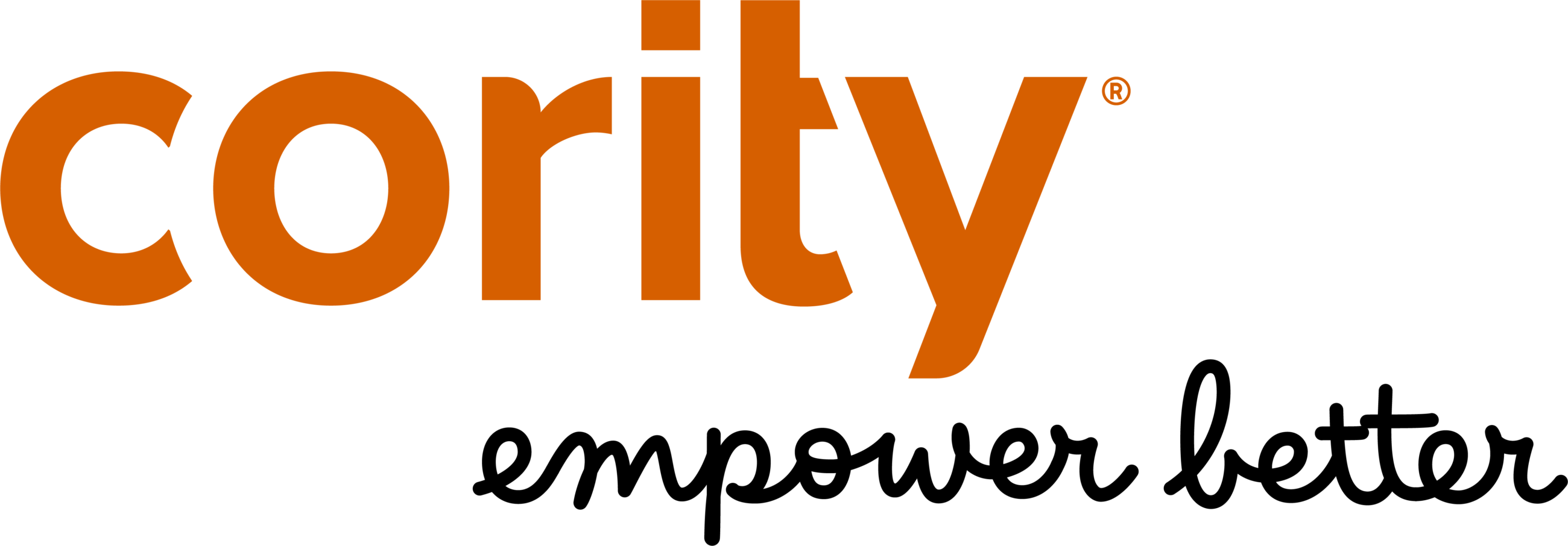In today’s fast-paced healthcare environment, where workforce shortages and the need for skilled staff are ongoing challenges, an efficient pre-employment screening process is essential. Not only does it help ensure that new hires are ready to meet the demands of their roles, but it also plays a key role in maintaining high standards of patient care. However, developing a streamlined and compliant screening workflow is not without its barriers. Healthcare organizations often face difficulties related to data privacy and regulatory compliance, inconsistent screening protocols, and communication breakdowns between departments.
In this blog, we will explore:
- These challenges healthcare organizations face with pre-employment assessments
- How facilities can overcome them with technology to optimize the onboarding medical screening process
Barriers to Running an Efficient Pre-Employment Screening Process
Ensuring an efficient pre-employment screening process is essential for healthcare facilities that aim to bring in skilled employees quickly. This speed is critical to address ongoing workforce shortages and to sustain their ability to provide excellent patient care. Developing a comprehensive and compliant screening workflow, however, is challenging. Some barriers include:
Protecting employee health data privacy and regulatory compliance:
- Handling the privacy of medical screening data and meeting regulatory requirements concerning data confidentiality can be challenging, especially when trying to fill positions quickly. Healthcare employers must adhere to internal data security guidelines when hiring, as well as numerous regulatory standards. They must also comply with legal requirements under the ADA and HIPAA pertaining to the protection of personal health data. As multiple teams are often involved in the hiring process, ensuring that health data flows securely between teams without exposing it to unauthorized breaches is a key challenge.
Inconsistent screening protocols:
- In 2023, hospital employment exceeded pre-pandemic levels, with over 7.4 million individuals working in hospitals across the United States1. That year, the healthcare sector added 653,000 new jobs nationwide, with hospitals accounting for 183,000 of these roles2. In that rapidly growing landscape, it’s easy for healthcare organizations to lose focus on what pre-screening practices are absolutely required based on the type of position under review. Similarly, reliance on manual processes opens the door for different sites applying screening protocols incorrectly for specific roles, leading to either missed elements impacting compliance, or unnecessary tests that increased costs.
Poor communication across departments:
- A lack of integrated systems can hinder communication between HR, hiring managers, and occupational health staff during pre-screening, causing bottlenecks in the hiring and onboarding process. This can also lead to miscommunication and delays affecting patient care. Without a streamlined follow-up tracking mechanism, organizations may lose sight of actions required for candidates who need additional medical screenings or don’t initially meet screening criteria.
Addressing these challenges is crucial for healthcare organizations striving to quickly onboard skilled staff and maintain high-quality patient care. A well-structured and digitized screening process not only supports workforce stability but enables health centers to deliver and effective healthcare.
Streamlining Pre-Employment Medical Screening with OH Software
Occupational Health (OH) software can help businesses optimize their pre-employment screening practices and get new employees into their jobs efficiently while avoiding adverse health outcomes.
Key benefits of OH software solutions for pre-employment screening include:
-
Advanced data visualization & reporting:
- A key benefit of using OH software for pre-employment screening is access to advanced business intelligence tools that offer users pre-built reports and intuitive dashboard indicators to help them keep track of pre-employment activities and surveillance program performance. Organizations can leverage these out-of-the-box reports and dashboards to track key metrics, assess trends, and reveal insights to improve decision-making and resource use. They can also leverage these reports to meet mandated reporting requirements from applicable regulators.
-
Surveillance Exposure Groups (SEGs):
- Many OH software solutions include functionality that allows users to group employees in Similar Exposure Groups that helps streamline the assignment and tracking of related health surveillance activities. During pre-employment screenings, SEGs can be applied to guide the selection of necessary tests based on role type and location. Once hired, employees may be automatically assigned to specific SEGs applicable to their role. This assignment enables the business to automated alerts for OH staff when specific surveillance tasks are due, improving compliance management.
-
Improved communication and coordination across teams:
- OH software enhances communication and coordination across Human Resources (HR) and OH departments by allowing recruiters to initiate the pre-employment workflow. Some OH solutions can automatically assign relevant health assessments based on the candidate’s position and information added by recruiters. Candidates can then receive automated notifications with links to view screening appointments and/or submit required documentation to support the screening process. And once the OH clinician uploads the results from medical screenings (e.g., pass or fail), the recruiter is automatically informed and can thus take the next step in the hiring process.
Final Thoughts
Incorporating pre-employment medical screening into the hiring process is not just a compliance measure; it’s a strategic initiative that enhances workplace safety and employee well-being. By identifying potential health risks early in the hiring process, organizations can make informed decisions that protect employees, patients and the business as a whole.
Prioritizing health and safety during recruitment reflects an organization’s commitment to fostering a culture of care and responsibility. This investment supports high-quality patient care and enhances employee satisfaction and retention. As healthcare organizations face ongoing workforce challenges, a robust pre-employment screening process is essential for building a resilient workforce capable of delivering exceptional care in a safe environment.
For more information on how Cority’s Occupational Health Software can help, chat with an expert today!
Sources:
1,2 https://acdis.org/articles/news-healthcare-accounted-24-all-new-us-jobs-2023











